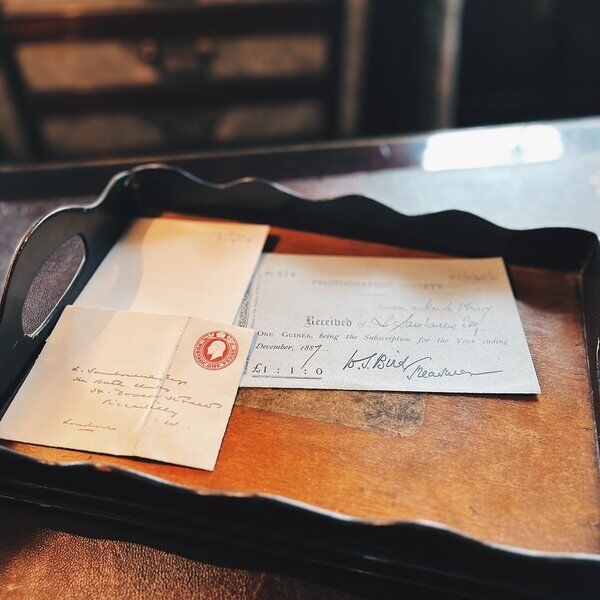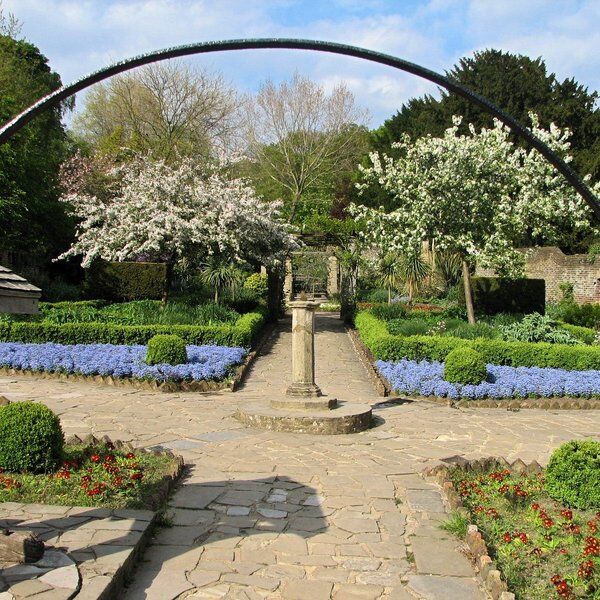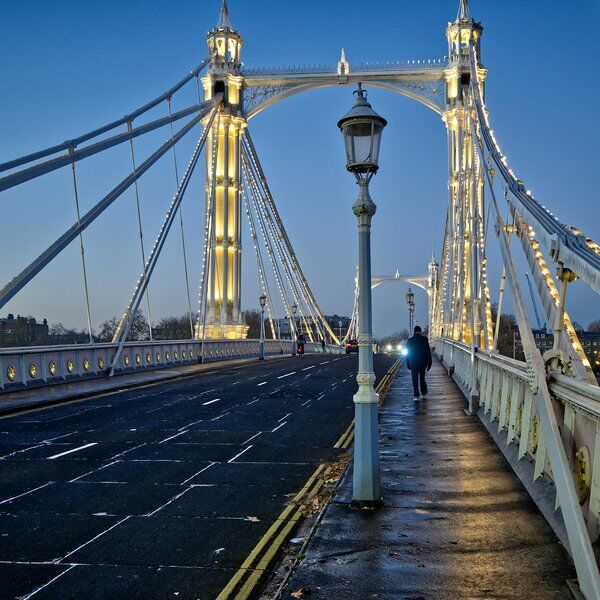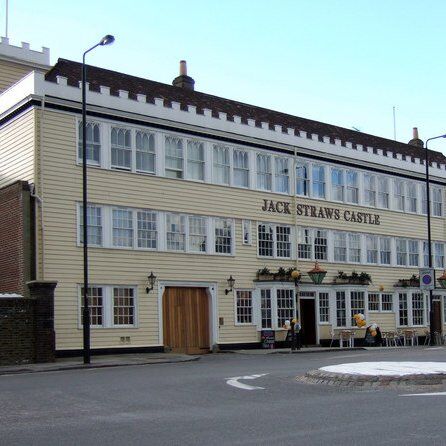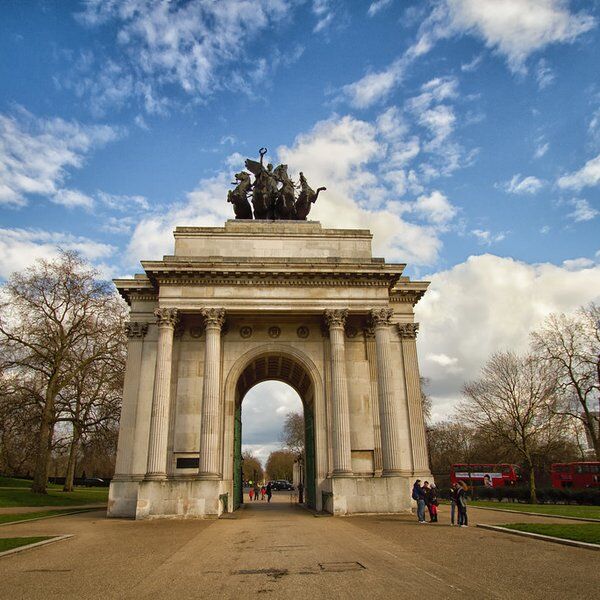Sambourne house is the former home of the Punch cartoonist Edward Linley Sambourne. Now a museum, Sambourne House is a veritable time capsule that showcases the lives of the Sambourne family during the Victorian era.
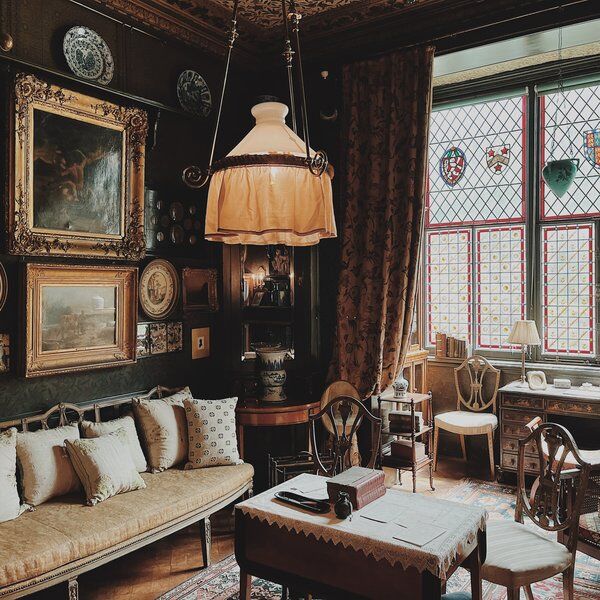
Step back into Victorian London and visit Sambourne House by playing our Mysterious Mews outdoor exploration game in Kensington - book today and commence play!
Who was Edward Linley Sambourne?
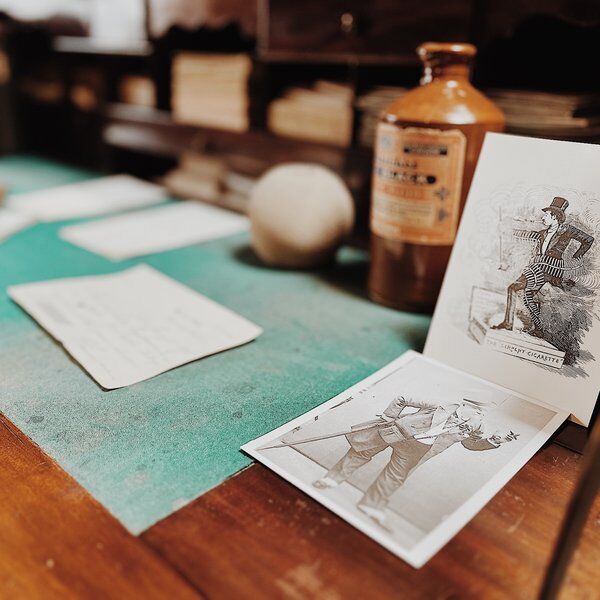
Edward Linley Sambourne (more commonly known as Linley Sambourne) was born in Pentonville, London on 4 January, 1844. The only surviving child of middle class parents, Linley might have been expected to follow his father’s footsteps by becoming a partner in his fur importing business.
But it was not to be. Linley attended schools in London and Sheffield and even briefly enrolled at the South Kensington School of Art. After only three months, Linley accepted a place as an apprentice at a marine engineering firm - but he did not give up on his art.
In 1867, Alfred Reed, a fellow apprentice at the firm, changed Linley’s life forever: Reed introduced Linley and his drawings to Mark Lemon, the then-editor of Punch, the UK’s most-read satirical magazine. Linley’s first drawing for Punch was published later that year.
A Cartoonist's Crib

Linley Sambourne married his wife, Marion (née Herapath) in 1874. Marion had grown up in Kensington, and as was common for Victorian middle class women, wanted her marital home to be near her parents. Kensington was also becoming a hotspot for artists, so Linley didn’t need much persuading to move to Marion’s neighbourhood.
In 1875, the couple purchased number 18 Stafford Terrace in 1875, just around the corner from St Mary Abbots Gardens and Kensington High Street.
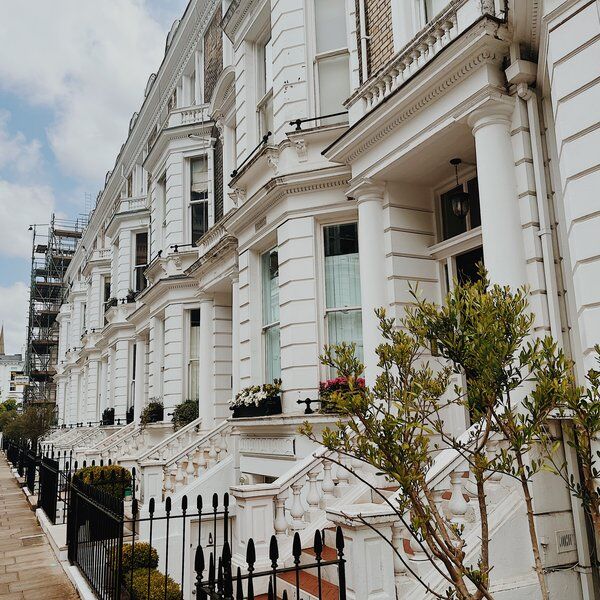
Though Linley was now employed full-time at Punch, he could not afford the giant, mansion-style artist houses that were popping up all over Kensington. Instead, both Linley and Marion took an active interest in renovating and decorating their new domicile.
Today, we might refer to Sambourne House’s aesthetic as Dark Academia: large, heavy, mahogany furniture, bookcases stuffed with trinkets, busy walls decorated with William Morris wallpaper and ornamental china. At the time however, their house was simply the epitome of Victorian taste - with a few quirks.
Selfies & Collapsible Shelves
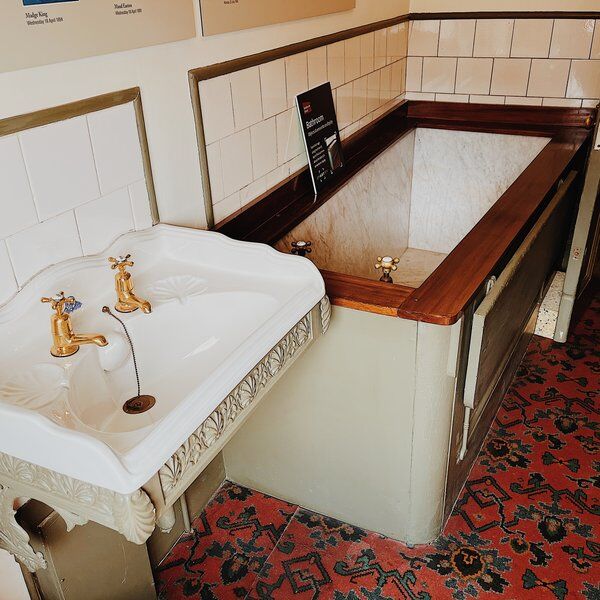
In the 1880s, Linley began to experiment with photography as an aid to his drawing. He set up a studio in his backyard, developed the images himself and then traced or used them as inspiration for his drawings.
Initially, anyone would do as a model; his wife, children, servants, and visitors to Sambourne House would all be asked to sit, stand, lie down, raise an arm above their head or hold a prop so that Linley could capture them on film. Several times, he even used himself - dressing up and standing in theatrical poses he wanted to recreate in pencil.
He used his bathroom as a photography studio, installing a collapsible shelf on his bathtub for mixing solutions to develop images. Marion, who (sensibly) didn’t want the chemicals to come into contact with her skin, began to take baths in the couple’s bedroom instead.
Street Fashion and Spy Cameras
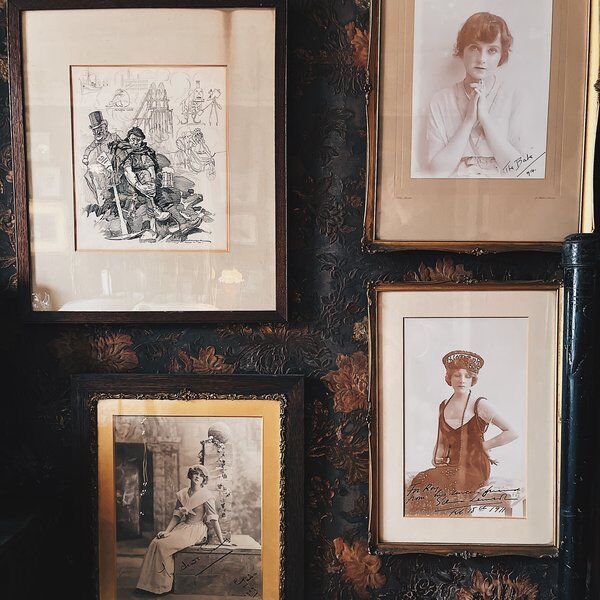
Later, Linley began to employ people, mostly young women, as models for his photography. His diaries contain lists of potential models with descriptions of their physical appearances. It seems, like today’s fashion magazines, Linley favoured women who were “tall”, “young”, “pretty” and “slender”.
Linley also somewhat pioneered the phenomenon of “street style” - photographing ordinary people out on the streets of London and Paris.
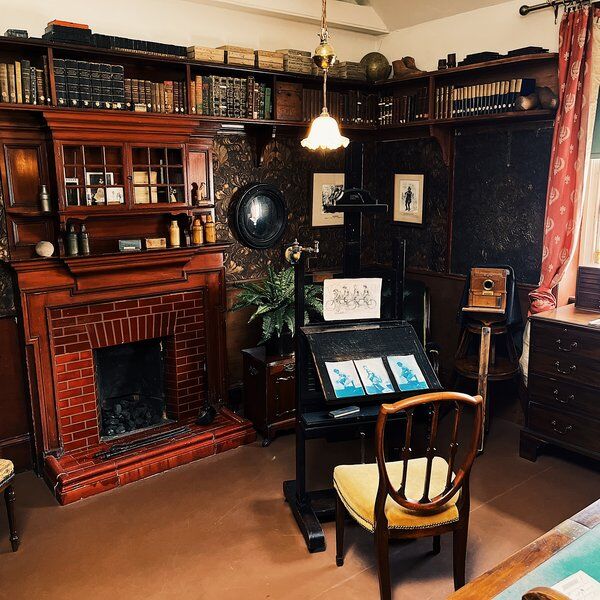
However, there is a darker side to this advance in technology. Linley began to use his camera for taking nude photographs of young women, some in lewd poses that even today we would consider to be pornographic.
He also began using a ‘spy camera’, where the lens would appear to be pointing in one direction but capturing an image in another. This led to Linley receiving a letter from a furious Kensington headmistress asking him to cease taking pictures of schoolgirls on their way to and from school.
Sambourne House Today

From the outside, Sambourne House doesn’t look too different from any of the other terraced houses along Stafford Road.
However, there is nothing uniform about Sambourne House.
Once inside, visitors get the opportunity to marvel at this Victorian time capsule and its many quirks. It’s representative of a bygone era, the peak of the British Empire and what it meant to be of ‘high class’. While today’s millionaires and well-to-dos brag about how little they own (remember when Elon Musk sold all his possessions?) Victorians wanted everyone to know how much they could afford.
Sambourne House reopened towards the end of 2022 after being closed for restoration work.
For lovers of Victoriana, art and interior design, this is a must-see hidden gem in Kensington, London.

The Best Way To Visit Sambourne House
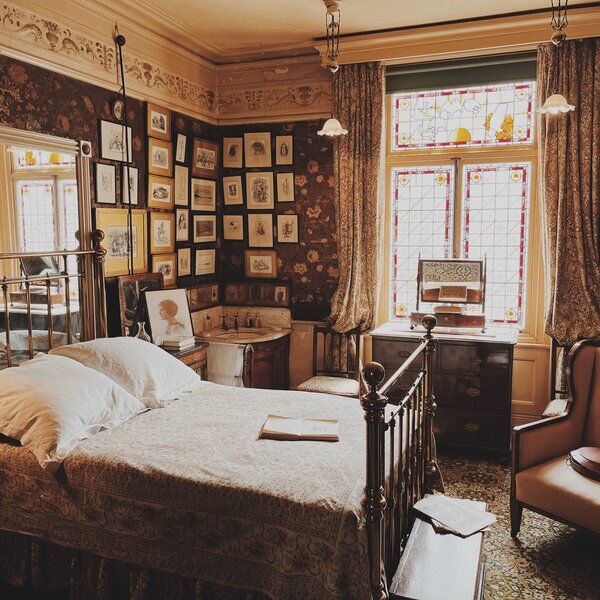
Want to find more hidden gems like this one, but don’t know where to look? Here’s what you need to do.
All our London treasure and scavenger hunts, food experiences, escape room games and walking tours are packed with secret sites and noteworthy nooks.
All you have to do is team up with your friends, family or whoever to solve riddles, complete challenges and answer trivia to lead you on an unforgettable journey around London’s most interesting streets.
The best part? We’ll recommend top-rated pubs, cafés and restaurants and give your team the chance to earn rewards by competing on our leaderboard.
Planning on spending your birthday in London? Check out these 22 Wild Birthday Ideas in London You Won’t Get Anywhere Else!
6 Fun Facts About Sambourne House

1 It was Purchased for £2,000 in 1875
That’s supposedly about £125,218 in today’s money.
2 It Used to Have a Collection of Victorian Ornate Walking Sticks
All but two of them were stolen in the 1980s. The remaining two are in the hallway landing area on the second floor.
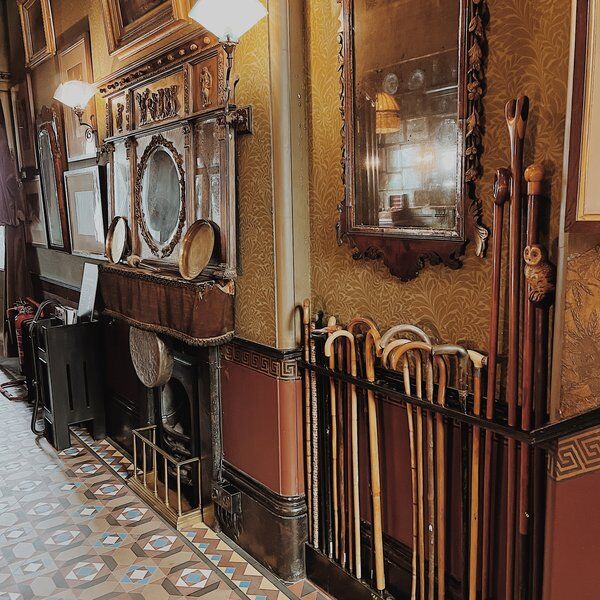
3 It Houses Linley’s 30,000 Photographs
Which might not sound much compared to your phone’s camera roll, but remember, the majority of these photos were taken about 100 years before the first text message was sent!
4 Even The Cutlery Is Decorated
If you look closely at the forks in the dining room, you’ll see a star embossed on the handle. The star featured in the Sambourne family’s coat of arms.
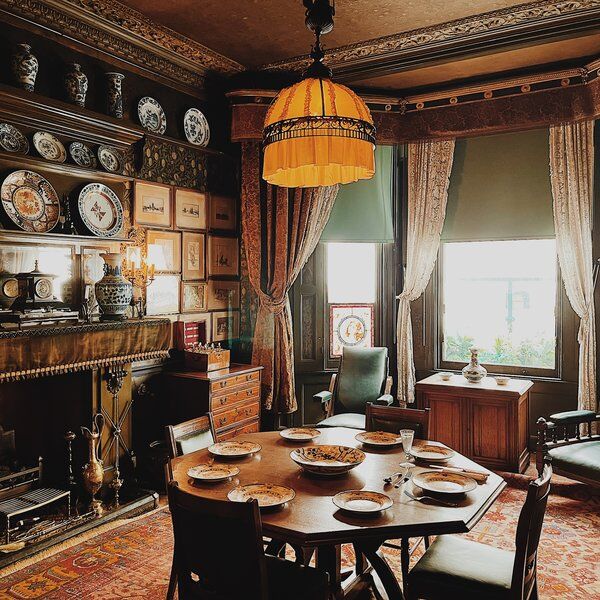
5 The Sambournes Spent £4,000 on Wallpaper
The year that the Sambournes moved in, they decorated nearly all their walls in William Morris wallpaper for the sum of £35 (around £4,000 today).
6 The Drawing Room Alone has More Than 250 Objects In It
By 1877, the number of items in the drawing room (including furniture) had reached 250. Linley used it as his first studio and Marion kept her piano in there, too.
